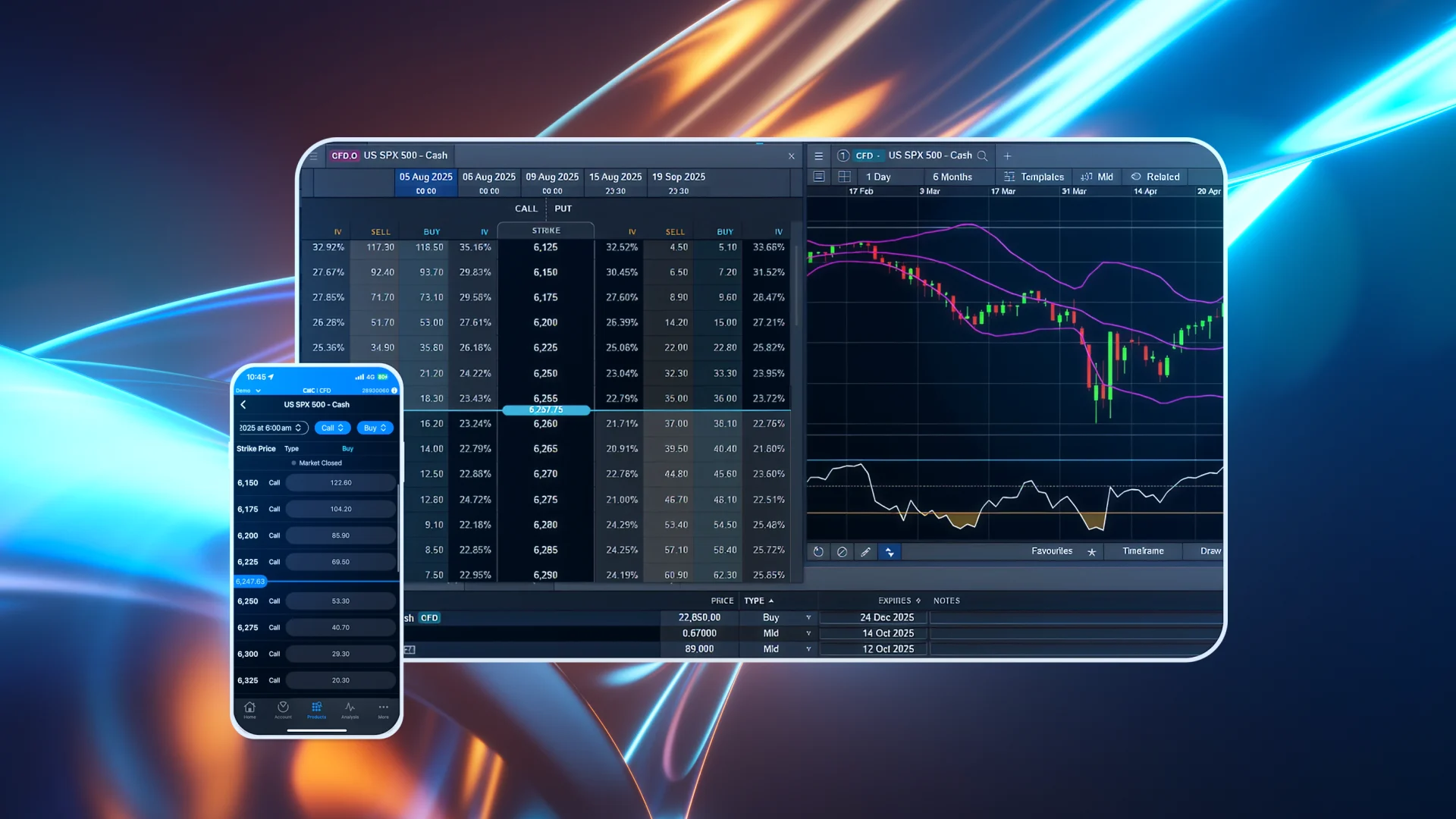Wall Street edges higher at start of trade
US stock markets are steady at the end of the worst first quarter for the S&P 500 since 1938 amid growing evidence of the large scale damage caused by the collapse in oil prices and business activity due to the coronavirus.
Real estate stocks, utilities and consumer staples – commonly considered defensives – led declines following a rebound sparked by bargain hunters looking for stocks likely to weather an economic slump.
Another set of gains for Facebook Inc, Amazon.com Inc , Apple, Netflix Inc and Google-parent Alphabet Inc, known as the FAANG group of stocks, helped the Nasdaq jump 1.0 per cent on Tuesday.
“Stocks have been on a wild ride … (and) not surprisingly, investors are split on whether to lean in to or fade the current rally,” said Jonathan Golub, chief US equity strategist at Credit Suisse Securities in New York.
An unprecedented round of fiscal and monetary stimulus had helped equity markets stabilise last week following wild swings that sent the benchmark S&P 500 up 9.0 per cent one day only to slump 12 per cent in the next session.
Wall Street’s volatility index has retreated from 12-year highs, but is still at levels rarely seen since the global financial crisis as the outbreak deepens in the United States and disrupts supply chains.
Sliding from the record highs of mid February, the Dow Jones and S&P 500 indexes are now set to end the quarter more than 18 per cent lower from the start of the year.
The declines have erased more than $US5 trillion ($A8.2 trillion) from the value of S&P 500 firms in the first quarter, and investors fear corporate defaults and more mass lay offs going in to the second quarter.
The blue-chip Dow is on course for its biggest quarterly percentage decline since 1987 and the tech-heavy Nasdaq is set to close out its worst first three months of the year since 2008.
“While the majority of people want to remain optimistic that we’ve seen the lows … that optimism is merely based on a lot of hope,” said Michael James, managing director of equity trading at Wedbush Securities in Los Angeles.
In early trading, the Dow Jones Industrial Average was up 39.30 points, or 0.18 per cent, at 22,366.78, the S&P 500 was up 0.54 points, or 0.02 per cent, at 2,627.19. The Nasdaq Composite was up 51.60 points, or 0.66 per cent, at 7,825.75.
Shares of Carnival Corp, already by hammered by plunging global travel demand, tumbled 12 per cent after it said it was raising about $US6 billion in combination debt and equity and suspend its dividend payouts.
The energy index jumped 4.0 per cent, boosted by a rebound in prices from 18-year lows after the United States and Russia agreed to discuss stabilising energy markets.
Advancing issues almost matched decliners on the NYSE and on the Nasdaq.
The S&P index recorded one new 52-week high and no new low, while the Nasdaq recorded seven new highs and 13 new lows.








